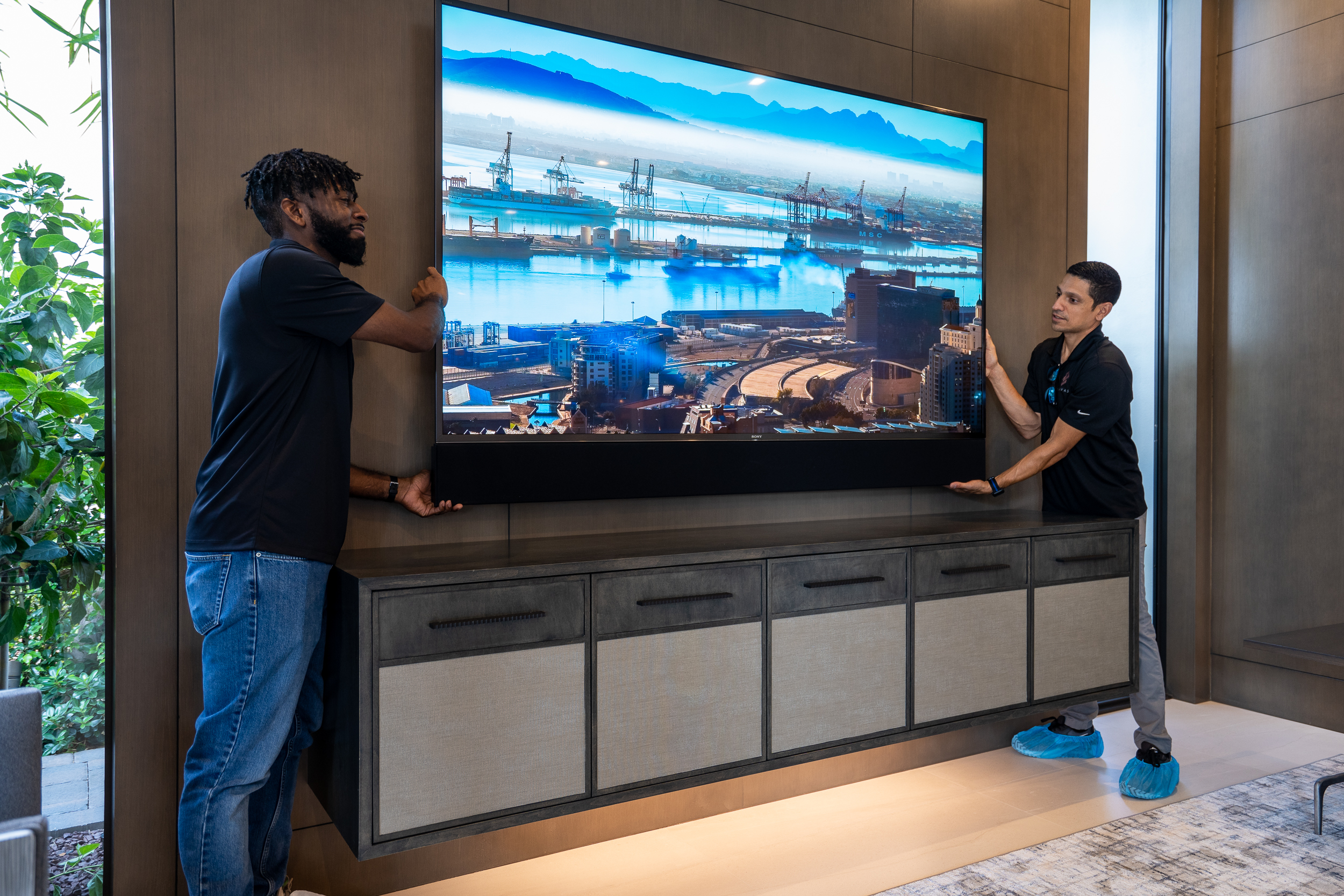
The Truth About Cutting the Cord (or Cable)
If, like most people, you have been watching more Netflix and Amazon Prime than regular TV, you may be wondering about ‘cutting the cord.’ It seems like a good idea and could even promise to save you money, but there are risks and problems. While there are thousands of blogs covering how to get rid of your cable and satellite TV services, few explain the complexities and downsides. In this blog, we will discuss some of the pros and cons of going without regular TV service.
What is Cord Cutting, really?
There are just some people who hate cable and satellite. For some, it is the cost. For others, it is about poor customer service and being forced into using their equipment. Kiplingers, the business forecasts and personal finance advice service, even published a blog called 6 Reasons You Hate Your Cable Company? While you may not have that disdain, everywhere you go, people are talking about it. So, what is it cutting the cord?
Practically speaking, the idea is that you replace your existing cable (Comcast, Verizon, Cox, etc.) or satellite provider (Dish Network or DirecTV) with an internet or IP (Internet Protocol) only service. You pack up their big ugly DVR, their clunky remote control, and all those cables and send them back from whence they came! The truth is that you probably must send them back because you don't own them, you just rent them, although you have probably bought them four times over already, and they will throw them away when they get them back.
Now you need to replace whatever TV services you have with a device that can decode IP Streaming Services. The answer here is probably every TV you have bought in the last few years or a device like an Apple TV, a Roku, or a FireTV from Amazon. Chances are you are already using one of these devices to watch Netflix, Hulu, or Prime now, so you probably don't need to buy anything new. If you use the TV or streaming device's remote control, you probably already know how to operate it, so you don't need to learn anything new there either. If you use a home automation platform to control your TV, some reprogramming or set-up is required.
Sounds perfect - so what's the problem?
Well, the problems start when you think about what you want to watch on your TV. If all you watch are services like Netflix, Hulu, or Prime, it's straightforward. If you watch CBS, NBC, and other broadcast services, you either need to subscribe to their services (e.g., CBS All Access and Peacock for NBC) or get a service that provides those channels for you. These services include AT&T TV, YouTube TV, Hulu+Live TV, Sling, or many others. You can find many sites that will compare all these services like this one from TechHive. Your existing cable TV provider may have a version they would like to sell you.
Each of these services has many options and choices, and you need to carefully check if the channels you watch are in the 'bundles' they offer. We are thinking of channels like Food Network, Cooking Channel, news services, Discover, and science channels, not regular broadcast services. If you are a sports lover, you also need to check that the teams or sports you follow are available on the package or provider you use.
For example, let's think about Formula 1 motor racing. If you follow F1, then you know that ESPN has a contract for the USA. If your chosen package on AT&T TV, for instance, includes ESPN but not ESPN2, and they decide to put the race on ESPN2, then you miss it. It seems minor, but it happens all the time.
Many of the channels you may watch, like Fox News or CNN, also have apps, so in theory you can download them to some TV and devices. The problem is that your access to these apps may be limited to yet another subscription (like ESPN). In other cases, you may have to prove you are already paying for the service through a cable or satellite subscription.
In which case are you going to save money?
Is it cheaper?
While the price may not be a significant problem for some people, there are issues to consider. Some of them may already be apparent.
If you decide to 'cut the cord,' here are the costs you need to consider:
- A fast internet service, maybe up to a 1Gb, costing around $70/month (and that means you probably still need a cable provider)
- OTT Service (like Hulu + Live TV) costing over $50/ month. You can see basic pricing comparisons here.
- Replacement for ESPN or another specialized service, each at between $5 and $15 per month
- All other Premium channels that were included in your TV package like HBO, mostly over $10 a month
The total cost here is going to start at $120 a month. If you are already paying for services like Netflix or Amazon Prime, these costs should net out.
Not surprisingly, a basic bundle from AT&T, for instance, which includes internet, 60 or so TV channels, and a primary home phone may also cost you about $120 a month - though actual costs would be different for your location and whatever special offers they are running. Of course, you could be paying much more a month, but that might mean you are getting more channels and premium services like HBO or Cinemax.
The chances are that your home has more than one TV, and if you have a cable or satellite service, each TV may have its own control box - this can also add to the cost. On the other side, some of the streaming services limit the number of devices that can stream simultaneously, so you may need more expensive or multiple subscriptions if you all want to watch something different at the same time in separate rooms.
Most people will tell you that while they like OTT and streaming services, unless you limit yourself to say just Netflix and a couple of other services, and do not need a home phone, it is probably not cheaper.
So, it may not be cheaper, and as you have seen, there are so many options here that you can see that it might become very confusing and hard to manage.
So why cut the cord?
The answer to that will depend on you, your family, and how you watch TV. Here are just a few simple scenarios, and if it is easier or more challenging once the cord has been 'cut.'
- You mostly watch Netflix and other streaming services - EASIER.
- You mostly watch TV on laptops or tablets - EASIER.
- You mostly watch when you are away from home - EASIER.
- You watch mostly cable TV channels and DVR the shows you enjoy to watch later - HARDER.
- You struggle with complex technology and gadgets - HARDER.
Again, what may be hard for some isn't necessarily hard for others, and while in general, it is easy to learn, it's not as easy as just using the remote that came with your cable box. If you use a home automation platform or a universal remote, while it may need reprogramming, it shouldn't be hard to learn to use a new system.
So, given all of this, why would you want to cut the cord. Here are some other things to consider:
- Too many cable boxes, wires, and remotes can mess up a great design and drive some people to distraction.
- Homes with many televisions may save money on device rental.
- You can start to pay for only what you want to watch - see 57 Channels (And Nothin' On).
- While you can DVR your favorite shows, services like CBS All Access means you can generally watch what you want, when you want, without remembering to record it and watch from wherever you want.
- Premium versions of most channels offer the programs without commercials.
- More Hi-Def or even 4K channels than some services.
- You prefer to watch that way.
Building a new home
For those building a new home, some questions can be asked about the best way to distribute video to all the TV and other devices you have. If you find yourself asking those very questions, you should work with someone like BRAVAS, who answers those questions every day for our customers and partners who are building luxury homes.











